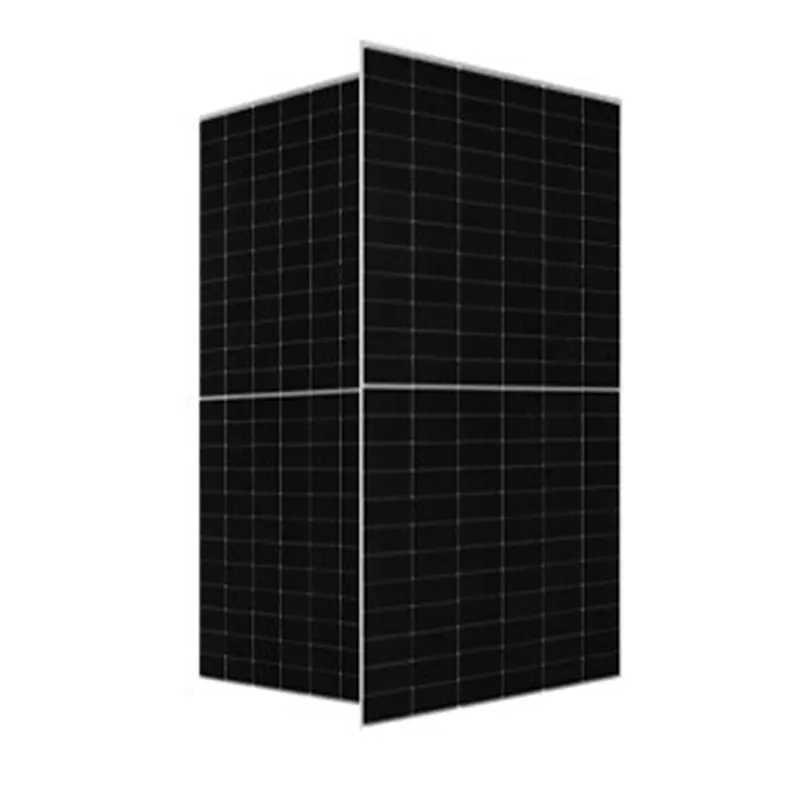solar panel height and width
Understanding Solar Panel Height and Width Key Dimensions for Your Solar Installation
As the demand for renewable energy sources continues to rise, solar panels have become an increasingly popular choice for homeowners and businesses looking to harness the power of the sun. One essential aspect of a successful solar installation is understanding the dimensions of solar panels—particularly their height and width. This article will explore these dimensions, their importance in solar setups, and how to choose the right size for your needs.
1. Solar Panel Dimensions The Basics
Most solar panels come in standard sizes, typically around 65 inches in height and 39 inches in width for traditional residential panels. However, as technology advances, variations in size and design are becoming more common. Standard panels usually have a thickness of about 1.5 to 2 inches, a factor that can influence the overall aesthetics and installation of your solar array.
2. Importance of Height and Width
The height and width of a solar panel significantly impact several factors, including
- Space Efficiency Knowing the dimensions of solar panels helps in evaluating the roof or ground space available for installation. A property with limited space may require smaller, more efficient panels to maximize power generation without overstepping boundaries.
- Energy Output Solar panel efficiency can vary based on size and technology. Larger panels typically generate more electricity, but their dimensions must align with the energy needs of the property. Proper calculations on power output should consider both the height and width of the solar panels being evaluated.
- Aesthetics The visual impact of solar panels on buildings cannot be ignored. Homeowners often prefer sizes that blend harmoniously with their architecture. Understanding the height and width helps in selecting options that complement the existing design of a home or commercial structure.
3. Installation Considerations
solar panel height and width

When planning a solar installation, height and width directly affect the mounting system used. Roof-mounted panels must comply with local building codes, which can dictate the allowable dimensions based on structural integrity and aesthetic guidelines. In addition, the inclination of the roof may necessitate specific panel sizes to optimize sunlight capture throughout the year.
For ground-mounted systems, available land space determines how many panels can be installed. The dimensions of the panels will help in arranging them efficiently, ensuring they are not shaded by trees or other structures while minimizing land disruption.
4. Choosing the Right Size
Selecting the appropriate height and width of solar panels will depend on several factors, including
- Energy Needs Analyze your energy consumption patterns to determine how much power you need. This will help in deciding how many panels to install.
- Available Space Measure the installation area to ensure there is enough room to accommodate the panels, considering clearance for maintenance and potential shading issues.
- Panel Efficiency Exploring different panel technologies can yield varying energy outputs, allowing you to choose larger panels that are more efficient or small panels that fit better in limited spaces.
5. Conclusion
In summary, understanding the height and width of solar panels is crucial in planning a solar energy installation. By considering space efficiency, energy output, overall aesthetics, and installation requirements, homeowners and businesses can make informed decisions that lead to effective and visually pleasing solar setups. Ultimately, the right dimensions not only enhance the functionality of solar systems but also contribute to a more sustainable future.
-
Understanding the Advantages of Solar String Inverters for Your Energy SystemNewsApr.29,2025
-
Choosing the Right PV Inverter: A Comprehensive GuideNewsApr.29,2025
-
The Future of Solar Power: Exploring Bifacial Solar PanelsNewsApr.29,2025
-
The Complete Guide to Solar Panels: Efficiency, Cost, And InstallationNewsApr.29,2025
-
The Best Options for Efficiency and Cost-EffectivenessNewsApr.29,2025
-
Harnessing the Power of Off-Grid Solar Inverters for Energy IndependenceNewsApr.29,2025







